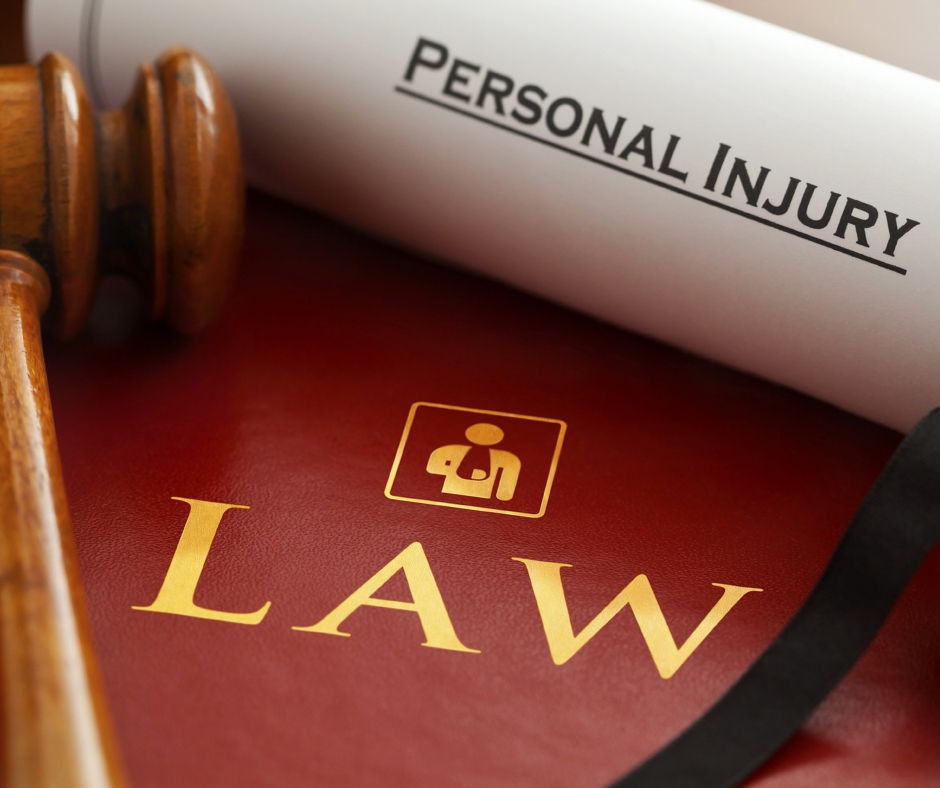Recently, Universal Music Group posted a big win in a legal dispute that has been going on since last year. A judge dismissed a lawsuit that had been fired over tapes that were destroyed in a fire. The event took place in 2008, with plaintiffs filing a class action suit against the famous company. Some of the plaintiffs included Soundgarden, Steve Earle, Hole, and the estate of Tupac Shakur. The decision was filed recently and brings an end to a legal battle that began about a year ago. At that time, The New York Times Magazine reported that there were significant damages in a fire that took place at Universal Music Group back in 2008, leading to the loss of more than 500,000 recordings.
Immediately after this, a lawsuit was filed against Universal Music Group. The lawsuit alleged that the company should have done more to prevent the fire. The lawsuit also accused Universal Music Group of trying to cover up the fire, concealing the extent of the destruction from the artists. At the same time, Universal Music Group was pursuing litigation and insurance claims in an effort to recoup their losses.
The lawsuit claimed that Universal Music Group took the settlement proceeds along with the insurance benefits. The total value was close to $150 million. The lawsuit filed by the plaintiffs was seeking half of this amount in addition to half of any additional losses they might have incurred.
A judge dismissed the vast majority of the claims in the lawsuit including allegations of negligence, reckless conduct, and breach of contract. Universal Music Group announced that the judge’s filing rejects the plaintiffs’ arguments and criticized The New York Times Magazine for the hyperbolic nature of their reporting. The vast majority of the plaintiffs have already dropped out of the suit. Those leaving the suit include Hole, Soundgarden, Tupac Shakur, and Earle. Tom Petty’s ex-wife is one of the few plaintiffs remaining in the case. Even though the judge has dismissed this claim, the plaintiffs have left the door open to bringing an additional lawsuit; however, it would have to be based on a new set of arguments. At this time, it appears unlikely. It will be interesting to see what moves Universal Music Group and the plaintiffs make next.











